KQED Arts: Fall Programming and Del Sol String Quartet
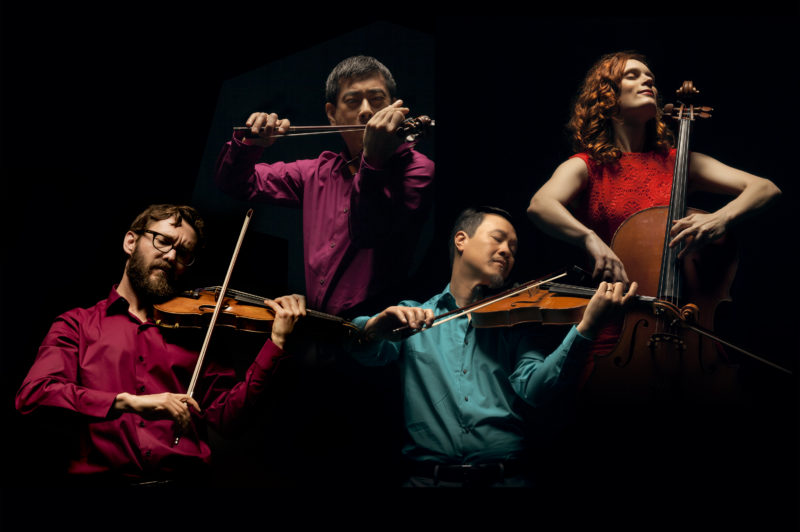
Starting off an exciting weekend with a highlight from KQED Arts’ The Do List: Sept. 23-Nov. 12: Another 80th birthday now, this time for one of the Bay Area’s best and most innovative art centers. The Richmond Art Center celebrates with the show Making Our Mark by some of the great artists who’ve shown there, and […]
Richmond Confidential: Making Our Mark
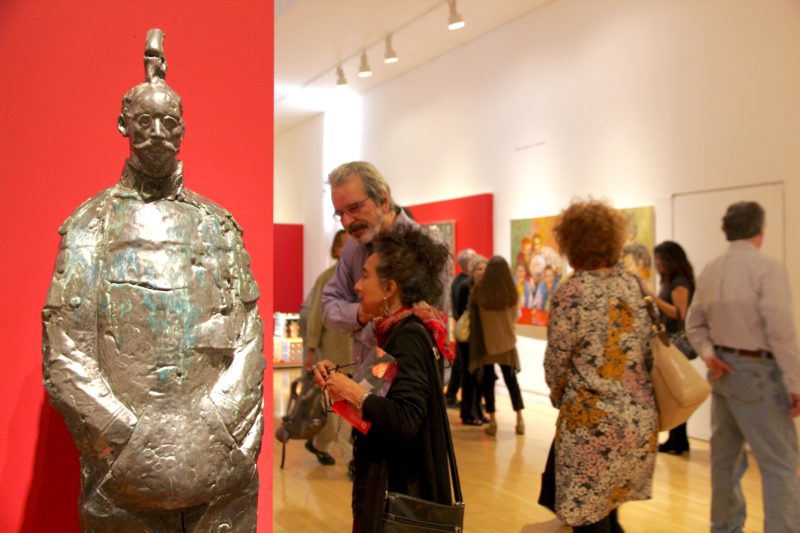
Thanks to Richmond Confidential for profiling our new exhibition, Making Our Mark: http://richmondconfidential.org/2016/09/15/exhibit-showcases-rac-mentor-mentee-artist-legacy/ From the article: “The Richmond Art Center celebrated its 80th anniversary last Saturday with the opening of “Making Our Mark and Making New Paths,” an exhibit that builds a family tree of artists and their mentees. The show includes work by 14 artists […]
East Bay Express, SFArts, and more: Making Our Mark in the News

Our much anticipated Fall exhibition Making Our Mark fills three galleries with extraordinary art. And the press has noticed as well. The show has made the East Bay Express’ list of Top Gallery and Museum shows: http://www.eastbayexpress.com/oakland/top-gallery-and-museum-shows/Content?oid=4955774 and the Richmond Standard showcases the unique relationship between two of our featured artists, Enrique Chagoya and Yvette Deas: http://richmondstandard.com/2016/08/richmond-art-center-80th-anniversary-major-exhibition-to-make-a/ SFArts.org had a […]
East Bay Monthly: David Park
The East Bay Monthly has a feature article on our current exhibition David Park: Personal Perspectives! The article by Lou Fancher gives a deeper personal portrait of Park’s history and his entry into the Figurative Art movement. You can read the entire article online here if you’re not able to pick up a copy. This […]
San Francisco Chronicle: David Park Exhibition
“Two exhibits celebrate Richmond Art Center milestone” via SFGate.com Our opening reception on Saturday, March 19 kicked off this wonderful retrospective of David Park’s drawings and gouaches. Many of these pieces have never been exhibited before. We hope you’ll visit the Art Center to see this show, open now until May 22 and free to […]
Berkeleyside: Amy Keefer Interview
“Amy Keefer is not your average rainy afternoon knitter, crocheter or embroiderer. Keefer holds both bachelor’s and master’s degrees in fine arts with an emphasis on textiles and fibers, and uses these patience-demanding crafts as tools for self-expression, as well as to provoke political discussion.” We’re proud to have Amy on our staff of Teaching […]
Huffington Post: Mildred Howard’s Spirit and Matter
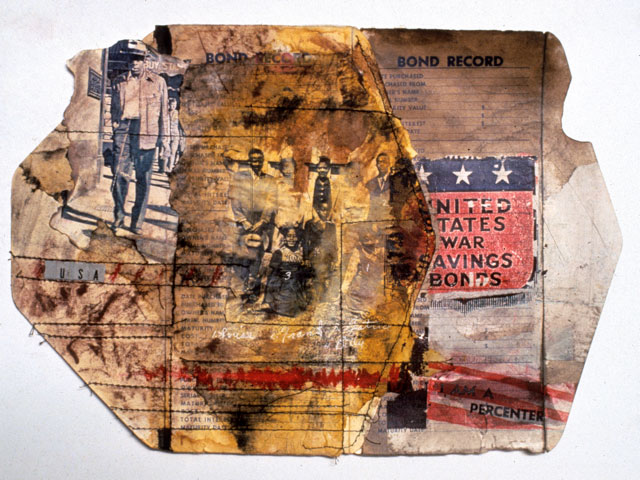
As we enter into the final week of Mildred Howard: Spirit and Matter, the Huffington Post’s Jane Vandenburgh has published a lively and thought-provoking piece on the exhibit. Vandenburgh concludes, “If you haven’t seen this show, don’t miss the chance. If you have had the pleasure, you may well want to go again, as as with […]
Squarecylinder: Mildred Howard’s Spirit and Matter
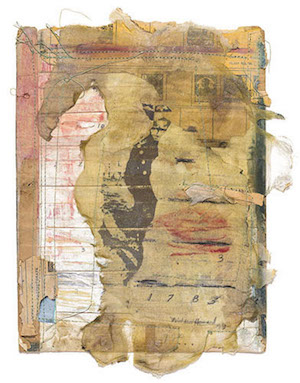
Squarecylinder.com has just published a profound piece by Jeff Kelley on our current exhibition Mildred Howard: Spirit & Matter … it is truly illuminating and you can find it here. The exhibition runs through May 24: Mildred Howard @ Richmond Art Center Jeff Kelley, May 9, 2015 Mildred Howard’s quasi-retrospective installation of assemblages, mixed media prints, […]
San Francisco Chronicle: Mildred Howard’s Spirit and Matter
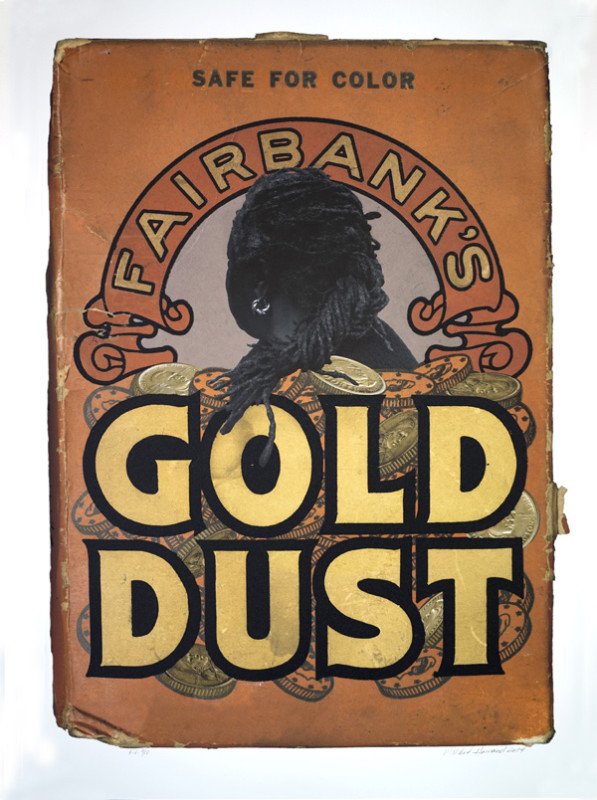
We are elated that “Mildred Howard: Spirit and Matter” has garnered such extensive media coverage. The San Francisco Chronicle has published a third piece on the exhibition; the newspaper’s latest contribution comes from columnist Leah Garchik, who penned her thoughts on Howard’s work. “Spirit and Matter” runs through May 24 in the Main and West Galleries. […]
The Eastside View: Mildred Howard’s Spirit and Matter
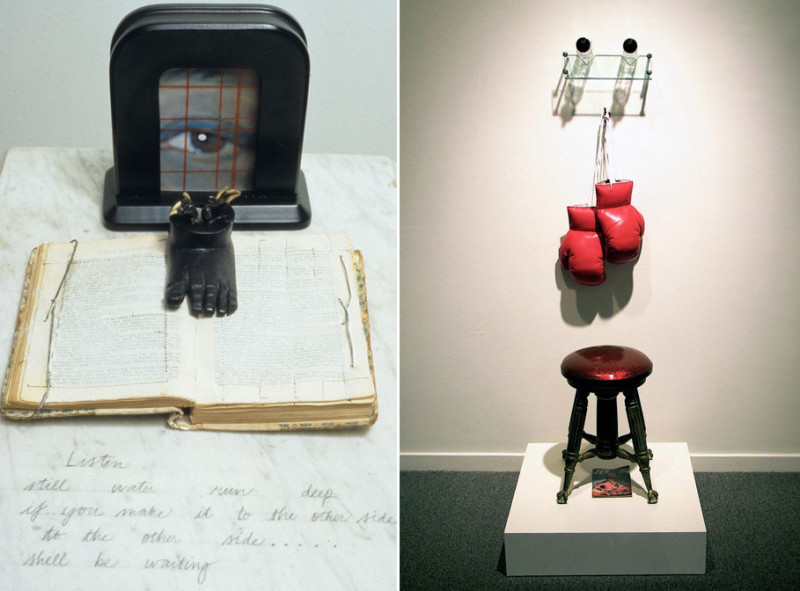
Writer and composer Charles Shere has written a deeply intriguing review of our exhibition, Mildred Howard: Spirit and Matter. He places her imposing work in an art historical context and illuminates its importance in contemporary society. More of Shere’s writing can be found on his blog, The Eastside View. Installation, Mildred Howard: Spirit and Matter , […]
